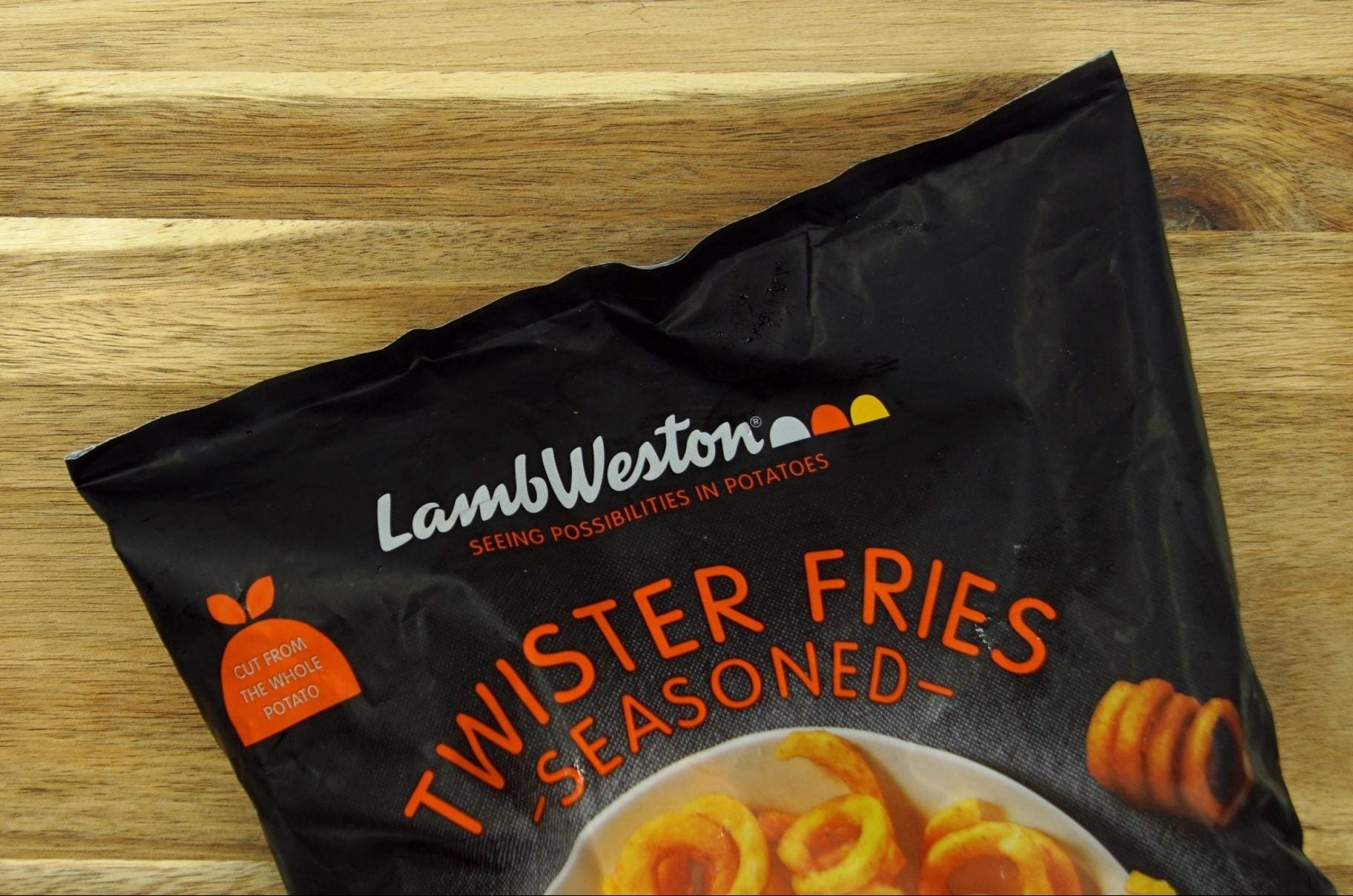
Lamb Weston anticipates earnings will remain under pressure through the second half of the fiscal year amid persistently higher ingredients and transportation costs.
Tom Werner, president and CEO of the French fry’s maker, indicated further price increases may be initiated before the financial year-end as he said pricing actions taken in December will not be enough to offset higher input costs. After reporting a 15% decline in second-quarter adjusted EBITDA and a 66% slump in net income, Werner said on a follow-up presentation it will be around six months before the benefits of those increases are felt.
The frozen potato products producer is facing the same challenges as other food manufacturers from Covid-related worker shortages, as well as input-cost inflation and supply chain constraints. A lack of shipping containers seen during the early stages of the pandemic continuing to pose a problem for Lamb Weston’s operations outside the US. Disruptions to sea freight “hinder our ability to fully serve our customers in these markets”, Werner said, with the Asia and Oceania regions singled out.
Lamb Weston, which also raised prices in its first quarter, summed up the operating environment in its second-quarter results to 28 November, with the outlook also clouded by cost pressures from what it described as an “exceptionally poor potato crop in the Pacific Northwest” related to “extreme” summer temperatures.
“The company expects net income and adjusted EBITDA, including unconsolidated joint ventures, will be pressured for the remainder of fiscal 2022 as it manages through significant inflation for key production inputs, transportation and packaging compared to fiscal 2021 levels, as well as industrywide operational challenges, including labour shortages, and upstream and downstream supply chain disruptions, resulting from volatility in the broader supply chain,” the branded and private-label producer explained in the commentary.
Werner told analysts double-digit increases for commodity and transportations costs will persist through the remainder of the fiscal year. World food prices ended 2021 at a ten-year high, according to recent data from the UN’s Food and Agriculture Organization.
How well do you really know your competitors?
Access the most comprehensive Company Profiles on the market, powered by GlobalData. Save hours of research. Gain competitive edge.

Thank you!
Your download email will arrive shortly
Not ready to buy yet? Download a free sample
We are confident about the unique quality of our Company Profiles. However, we want you to make the most beneficial decision for your business, so we offer a free sample that you can download by submitting the below form
By GlobalDataBernadette Madarieta, Lamb Weston’s CFO, said higher raw materials prices were the biggest burden on the business, mostly from edible oils. She added canola oil prices almost doubled from the year-ago quarter, while wheat and packaging costs, particularly plastic film, were also higher.
Werner explained the impact of pricing and input costs on the presentation with analysts: “In the second quarter, we began to see the initial benefits of the price increases that took effect in the summer in our foodservice and retail segments, as well as in some of our international businesses. We expect the benefit of these prices will continue to build as the year progresses. In December, we began implementing another round of pricing actions in our foodservice and retail segments. While these actions did not affect our second-quarter results, we’ll see a gradual benefit from them over the next six months.”
He added: “We expect these price increases across our business segments will, in aggregate, mitigate much but not all of our cost inflation pressures. We will continue to assess the pace and scope of further cost inflation and we may take further price actions as the year progresses.”
Lamb Weston’s second-quarter sales held up, rising 12% to US$1.01bn. But adjusted EBITDA was down at $181m, while net income dropped to $33m. Income from operations fell 18% to $114m.
Some production was also lost during the quarter, partly due to employees taking time off because of Covid, but also amid industrywide labour shortages, Madarieta said.
“Lost production days and unplanned downtimes were primarily due to labour shortages across our manufacturing network, including Covid-related absenteeism,” she explained. “While still lower than average, labour retention rates improved modestly versus the first quarter and the number of new applicants has been steady.”
Madarieta said there has been a “softening” in demand as a result of the new Omicron variant as fewer people eat out and Covid causes temporary restaurant closures due to staff shortages.
“Overall, we’re encouraged by the resiliency of demand and the long-term trends for the category but expect that there will be some near-term softness with another Covid wave in the US and our key international markets,” Madarieta explained, adding sales growth for the full year is expected to “be above our long-term target of low- to mid-single digits”.



